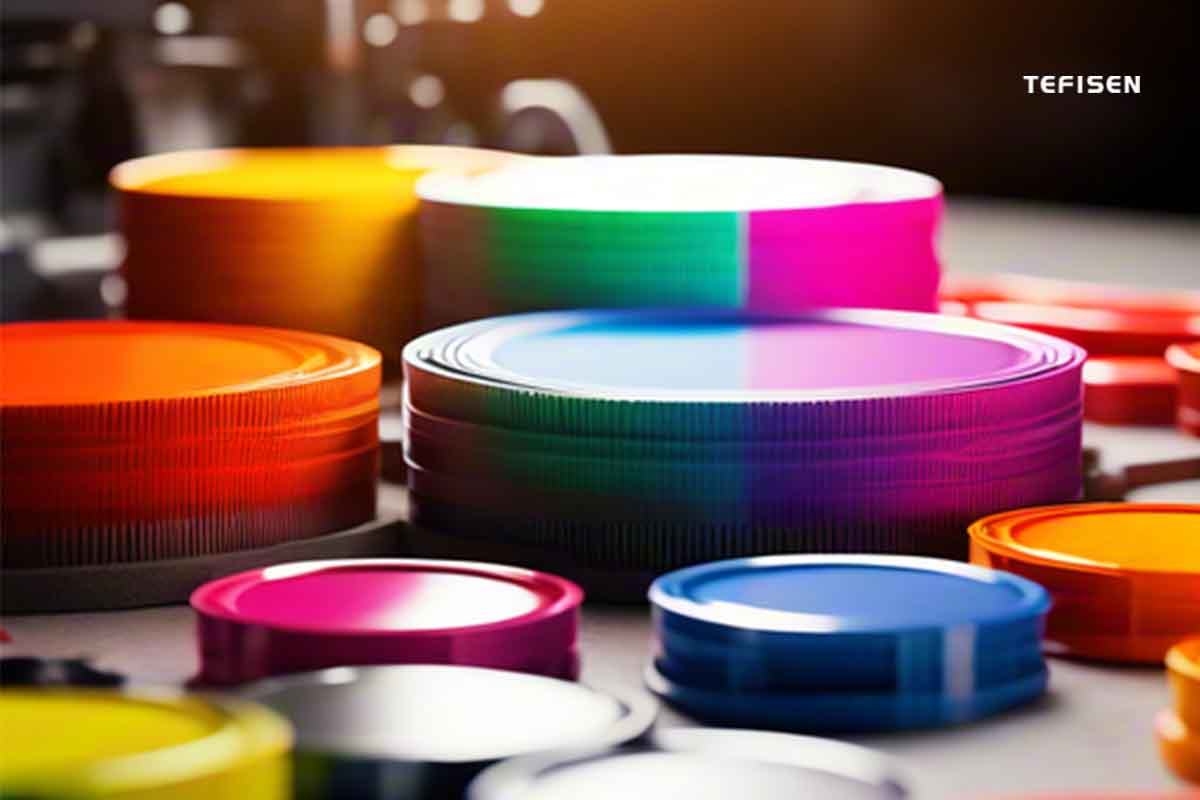Exploring the Mysteries of Color Overprinting
1. Definition of Color Overprinting:
Color overprinting, also known as multi-color printing, is a technique that involves using two or more different colored inks during the printing process to print onto a substrate in a specific color sequence. Color overprinting enables the production of rich and vibrant patterns and color effects, widely applied in packaging, advertising, publishing, and other fields.

2. History of Color Overprinting:
Color overprinting has gradually matured with the advancement of human civilization and printing technology. Traditional Chinese woodblock printing originated in the Tang Dynasty, flourished in the Song Dynasty, and has a history of over 1,200 years spanning the Yuan, Ming, and Qing dynasties. As an important form of printing, the history of color overprinting can also be traced back to the Song Dynasty. However, it was only during the Wanli period of the Ming Dynasty that the color overprinting technique gradually matured and was widely used, evolving from single-block multi-color printing to multi-block multi-color overlay printing. This technique allowed the colorful world of mountains, rivers, cities, flowers, birds, insects, fish, chess, musical instruments, calligraphy, and paintings to be preserved and disseminated worldwide, greatly promoting the progress of civilization and representing one of the great contributions of ancient Chinese laborers to world civilization.
3. Characteristics of Color Overprinting:
3.1 Advantages:
3.1.1 Rich Colors: Color overprinting utilizes multiple colored inks for printing, resulting in vibrant and colorful patterns and effects. This gives color overprinting broad application prospects in packaging, advertising, and other fields.
3.1.2 High Accuracy: In color overprinting, each colored ink is precisely measured and mixed to ensure the accuracy and consistency of the printed colors. Additionally, precise overlay printing techniques are employed to accurately superimpose different colored inks to form complete patterns.
3.1.3 High Print Quality: Color overprinting employs high-quality inks and printing equipment to guarantee the clarity and color saturation of the printed products. Furthermore, it focuses on detailed processing, making the printed products visually exquisite.
3.2 Disadvantages:
3.2.1 Higher Cost: Color overprinting requires the use of multiple colored inks and precise metering and mixing equipment, resulting in relatively higher costs.
3.2.2 Slower Printing Speed: The process of color overprinting involves multiple overlay printing and color superposition steps, resulting in relatively slower printing speeds.
4. Technical Requirements for Color Overprinting
4.1 Color Sequence:
In multi-color printing, the color sequence is crucial. The choice of color sequence depends on various factors, including the properties of the inks, the nature of the printed product, and the desired color effect. Here are eight principles commonly followed for color overprinting sequences:
4.1.1 Opaque inks with strong covering power should be printed first, while inks with good transparency should be printed later. Opaque inks can better cover the colors underneath, while transparent inks are more suitable for overlaying on already printed colors to produce richer color effects.
4.1.2 Black is often printed as the first color to ensure accurate registration. Black ink has strong covering power, ensuring that other colors can accurately overlay on top of black in subsequent printing processes.
4.1.3 Yellow is usually printed as the last color because, under warm and damp conditions, other inks adhere poorly to yellow ink. Therefore, placing yellow last reduces color distortion caused by ink adhesion issues.
4.1.4 For printed products mainly composed of text and black solid areas, the printing sequence is typically cyan, magenta, yellow, and black. However, if there are black text or solid areas overlaying yellow solid areas, yellow should be placed as the last color.
4.1.5 Determine the printing sequence based on the warmth or coolness of the color tone. For warm-toned prints, cyan and black are usually printed first, followed by magenta and yellow. For cool-toned prints, red is printed first, followed by cyan.
4.1.6 When there is a combination of flat screen and solid ink overlay, the flat screen is printed first, followed by the solid ink. This is because the flat screen uses less ink, and printing it first ensures that the solid ink can better adhere to it.
4.1.7 For two colors that require high registration accuracy during printing, they can be arranged to be printed in adjacent color groups to improve registration precision.
4.1.8 When the paper smoothness is poor, inks with coarse pigment particles should be printed first. When the paper tightness is poor, light colors should be printed first.
4.2 Color Accuracy:
Color overprinting requires precise measurement and mixing of each color ink to ensure the accuracy and consistency of the printed colors. This necessitates the use of high-quality inks and precise color mixing equipment.
4.3 Printing Precision:
Color overprinting requires high-precision printing equipment and processes to ensure that different colored inks can accurately overlay to form complete patterns. This includes precise registration techniques and strict control of printing parameters such as pressure and speed. For example, the bottom border should generally be 0.1-0.2mm larger than the frame.
4.4 Printing Quality:
Color overprinting emphasizes the detailed processing and clarity of printed products, requiring them to be visually exquisite and clear. This necessitates the use of high-quality printing materials and advanced printing techniques.
5. Applications of Color Overprinting
Color overprinting has a wide range of applications, covering multiple industries and sectors. Here are some of the main application scenarios:
5.1 Publishing Industry: Color overprinting plays a crucial role in the publishing industry, used for printing books, magazines, newspapers, and other publications. By using inks of different colors, color overprinting adds rich colors and visual appeal to publications, enhancing the reading experience.
5.2 Advertising Industry: In the advertising industry, color overprinting is commonly used to produce various promotional materials, such as posters, flyers, brochures, etc. Through carefully designed color combinations and patterns, color overprinting attracts the attention of target audiences, communicates advertising messages, and improves advertising effectiveness.
5.3 Packaging Industry: Color overprinting is widely used in the packaging industry for producing various packaging materials, such as packaging boxes, bags, labels, etc. By using bright and eye-catching colors and patterns, color overprinting makes packaging products more attractive, grabbing consumers' attention, and promoting sales.
5.4 Artistic Creation: Color overprinting is also widely used in the field of artistic creation, such as prints, illustrations, decorative paintings, etc. Artists can utilize color overprinting techniques to create colorful and layered artworks, exhibiting unique artistic styles and creativity.
5.5 Commercial Printing: In the field of commercial printing, color overprinting is often used to produce various commercial printed materials, such as business cards, envelopes, folders, promotional flyers, etc. These printed materials require a professional, neat, and attractive appearance, and color overprinting can meet these needs, enhancing corporate image and brand value.
In summary, as an important printing technology, color overprinting has demonstrated its unique charm and value through its development history, technical characteristics, and application fields. With continuous technological advancements and changing market demands, color overprinting will continue to play a significant role, providing high-quality printing services to various industries.
6. Equipment for Color Overprinting:
Guangdong Tefisen Technology Co., Ltd., as a manufacturer of color overprinting equipment, offers various machines capable of color overprinting, such as TFS-P2-200S dual-color shuttle oil cup pad printing machines, TFS-P2-160S dual-color shuttle oil basin pad printing machines, and TFS-P2-160C dual-color rotary oil basin pad printing machines.

Features of Dual-Color Pad Printing Machines for Color Overprinting:
• Microcomputer control, easy operation, accurate and reliable movement.
• Equipped with a four-digit counter.
• The machine body adopts high-quality cast aluminum structure, lightweight but sturdy, beautiful and practical.
• The workbench can be independently adjusted in X and Y angles, ensuring accurate color registration and greatly improving efficiency.
• Main pneumatic components adopt German FESTO, ensuring precise printing and durability.
• The entire machine operates quickly, smoothly, and with low noise.
For more detailed information, please contact the technical consultant of Guangdong Tefisen Technology Co., Ltd. via e-mail at sales@tefisen.com.

